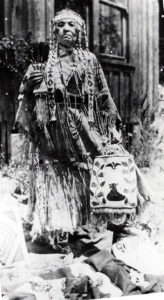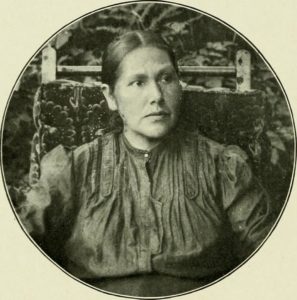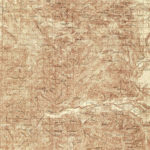The Story

The First People have visited the McKenzie River area for thousands of years. The area has plenty of game, fish, and an abundance of huckleberries. The name Molalla is a corruption of the Chinook Wawa word for huckleberry: “ulali.” While many other areas in the region also had all of these things, the McKenzie River Valley had a very rare and unique resource, obsidian. Obsidian from the McKenzie River area has been traded far and wide, from Canada to South America.
The Molalla tribe lived in many areas in Central and Southern Oregon and they weren’t the only Native Americans to live in the McKenzie River Valley. The Kalapuyans occupied over a million acres across the Willamette and Umpqua valleys. The Kalapuyans practiced a form of horticulture that included setting wildland fires in prairies every year. This burned away excess vegetation and the renewal of food plants would not only feed the tribe but attract herds of deer and elk to hunt.

Mohawk and Chemlamela tribes lived in the area as well, but they only came in the summer due to the hard rains and floods of the fall and the snows of the harsh winters. When homesteaders and pioneers claimed the lands of the Willamette and McKenzie River Valleys the tribes were forced onto a reservation with many different tribes. The group became the Confederated Tribes of Grand Ronde Community of Oregon. The reservation was created in 1856 and it was made up of nearly thirty tribes and bands from Oregon, Washington, and California. They lived on the reservation until 1954, when the US Government terminated the reservation and treaties. Despite this fact the Confederated Tribes stayed together as an unrecognized government until Congress passed the Grand Ronde Restoration Act twenty-seven years later in 1983.

